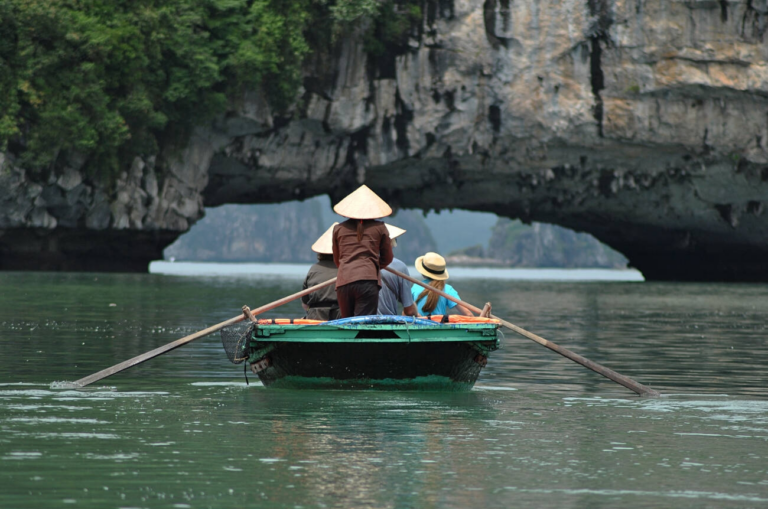
Incandescence crisis Weapon HUMANITY
Humanity stands at a crossroads where tradition, the essence of cultural identity, and technology, the engine of progress, converge. While one anchors us to our roots, the other propels us toward uncharted futures. The balance between these forces is not merely a choice—it is an imperative. In reimagining this balance, we can pave the way for a harmonious coexistence where the wisdom of tradition enriches the innovation of technology, and vice versa.
The Foundation of Tradition Traditions embody collective human experiences passed down through generations, shaping our identity and providing a sense of belonging. They offer continuity in a fast-paced world and carry profound moral teachings, as seen in the values enshrined in ancient scriptures or communal rituals. Yet, blind adherence can stagnate growth. The challenge lies in discerning which traditions to preserve and which to evolve, ensuring they remain relevant in a rapidly changing world.
The Transformative Power of Technology
In contrast, technology thrives on disruption, revolutionizing communication, healthcare, and education. From artificial intelligence predicting weather patterns to the development of life-saving vaccines, technology bridges gaps once deemed insurmountable. However, it is a double-edged sword. While it empowers individuals, it can also erode privacy, foster isolation, and deepen inequality. The rise of AI, for example, poses ethical dilemmas that challenge our fundamental human values, making it imperative to address these issues through a lens shaped by tradition.
Striking the Balance
The key is not choosing sides but weaving the strengths of both into a cohesive narrative. Consider the integration of indigenous knowledge with modern technology. In India, traditional farming methods, like those practiced by indigenous tribes, are being augmented by AI-driven weather forecasts to improve crop yield and ensure food security. This partnership exemplifies how technology can amplify the benefits of tradition rather than replace it. Similarly, technology offers new ways to preserve cultural heritage. Digital archives of endangered languages and virtual reality recreations of ancient monuments are just a few examples of how innovation can safeguard traditions, ensuring they thrive in the digital age.
The Role of Humanity in Reimagining the Future
Ultimately, the balance depends on humanity’s choices. Education must emphasize not only technical skills but also ethical reasoning rooted in cultural heritage. Policymakers must frame regulations that promote inclusivity and equity. Communities should engage in open dialogue, blending the wisdom of the past with the innovation of the future.
Conclusion
Reimagining humanity requires a humility to learn from the past, the courage to innovate for the future, and the wisdom to navigate the present. By harmonizing tradition and technology, we transcend the dichotomy and create a resilient, inclusive, and progressive society. In this balance lies not just humanity’s survival but its flourishing—a legacy for generations to come.
By: Prabakaran.R
Write and Win: Participate in Creative writing Contest & International Essay Contest and win fabulous prizes.


